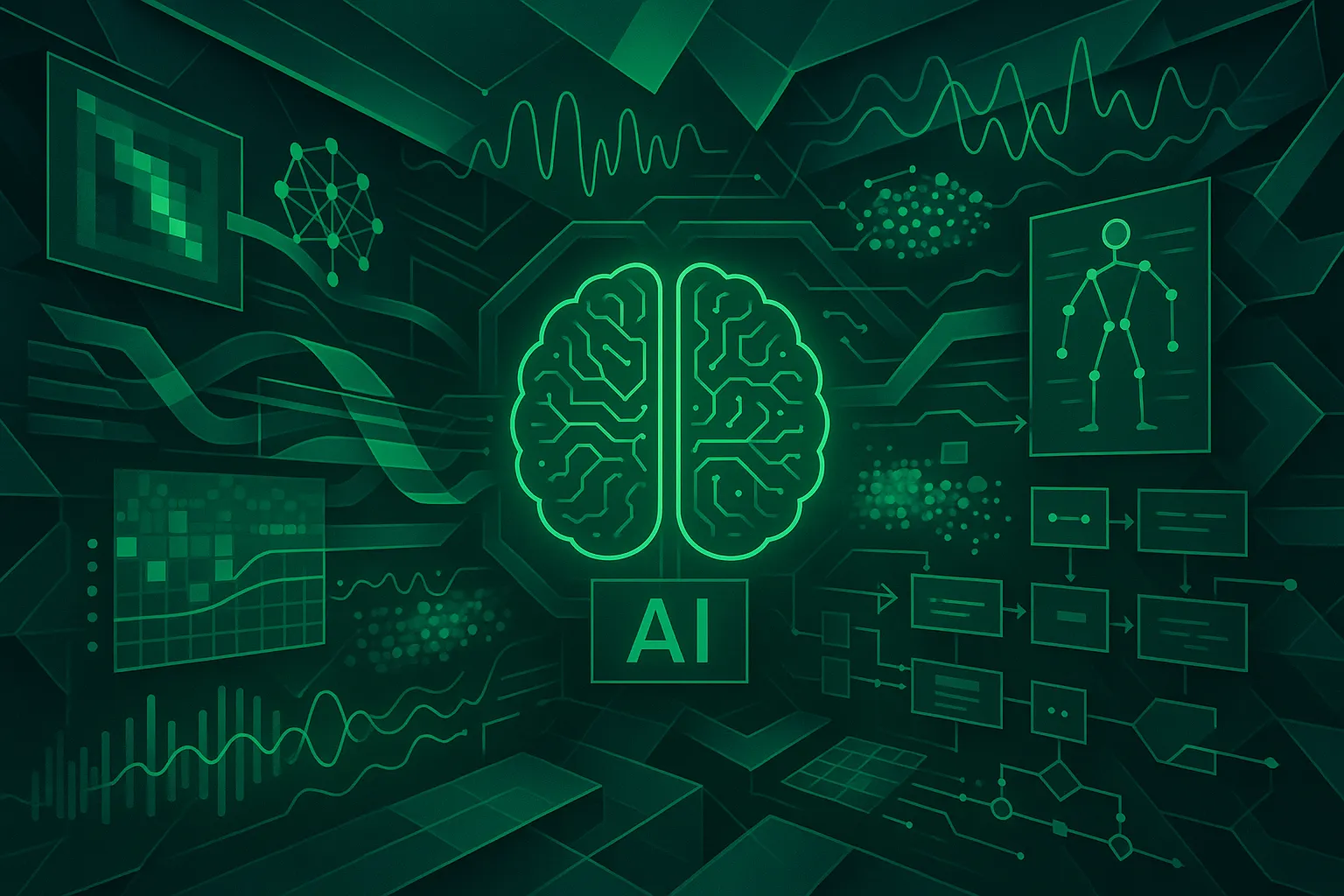
2025-04-11T04:00:00+00:00
In the intricate world of artificial intelligence (AI), embedding models hold the key to unlocking powerful data interpretations and providing us with advanced analytics capabilities. These models are foundational to natural language processing (NLP) and have become indispensable in the realm of machine learning by providing a nuanced representation of data in numerical form. This article aims to demystify the different embedding models and highlight their critical role in driving AI forward.
Embeddings essentially convert various types of data into numerical arrays called vectors, which serve as a unifying language that AI can understand and utilize. Within NLP and machine learning applications, embeddings facilitate understanding by capturing the essence and relationships within data. This capability becomes especially useful for tasks such as identifying similarities, clustering data, and enhancing search and recommendation systems.
These models are pivotal across several AI applications, from voice-activated systems and intelligent recommendations to cutting-edge analytics in businesses. By mapping heavy, unstructured data onto numerical codes, embeddings ensure precision in data retrieval and offer avenues for intricate data translations.
As diverse as the data they work with, embedding models come in several variants to cater to specific needs:
Dense Embeddings: Renowned for their data richness, dense embeddings accurately depict the relationships between data points, proving vital for recommendation engines where precision is key. However, they require more memory to store the detailed information they encapsulate.
Sparse Embeddings: Prioritizing memory efficiency, sparse embeddings are useful for massive datasets where slight compromises on exactness are acceptable. Their space-saving quality makes them ideal for large-scale applications.
Binary Embeddings: These emphasize speed, employing compact binary codes that allow for swift computations. While precision might be slightly compromised, they are perfect for use cases where quick retrieval is essential.
A standout model, Word2Vec, exemplifies the capability of embeddings in NLP by transforming text data into nuanced vectors holding semantic value. Through architectures such as Continuous Bag of Words (CBOW) and Skip-Gram, it predicts contextual language relationships, crucial for text processing and analysis.
Engaging advanced methods like deep learning, matrix factorization, and neural networks, embeddings are carefully molded into an n-dimensional space that AI systems readily comprehend and process. These techniques simplify intricate data into numerical forms that provide deep insights.
Multimodal embedding models further extend possibilities by managing diverse data sources like text, imagery, and sound within a single framework. This development opens doors to vast potential in data integration and interoperability between varying AI systems.
Embeddings are at the heart of advancements that allow AI to effectively process multifaceted data streams. Within retrieval augmented generation (RAG) frameworks, they steer large language models (LLMs) towards delivering accurate, fact-based responses, reducing misinterpretations.
Supporting this structure are dedicated vector databases, ensuring that these numerical representations of complex data are stored and retrievable with ease. Such infrastructure fosters efficient handling of large-scale datasets—essential for robust AI applications.
The future of embedding technology in AI is charted by strides in generative AI and transformer-based architectures. These advancements promise to elevate model precision and efficiency, enriching our capability to perform semantic searches and ensuring data synchronization among AI systems.
Grasping the range of AI embedding techniques equips us with a better understanding of their integration into AI ecosystems. As these models continue to improve, we unlock unprecedented data interpretations, elevating AI technologies far beyond their current imaginations rooted in science fiction.
Embeddings serve as the backbone of today's AI, pioneering the way for future innovation and heralding a transformative digital age. What future challenges do you think embedding models will help us overcome? Engage with this discussion and share your perspectives on how embedding innovations are shaping the AI landscape as we know it today.